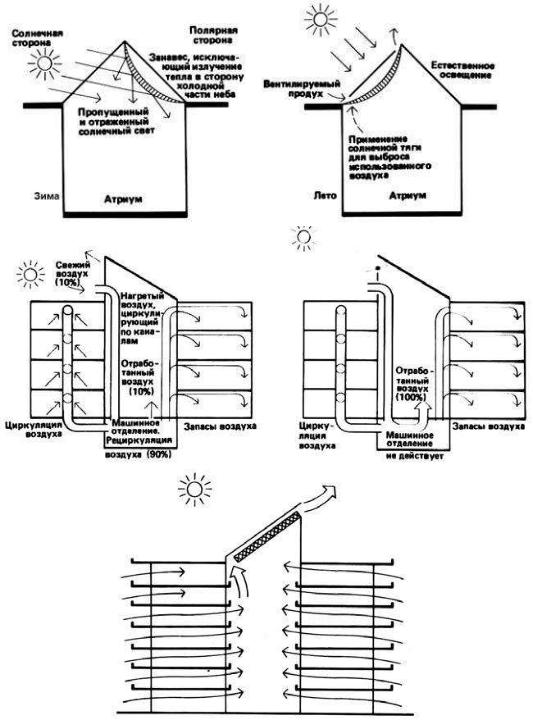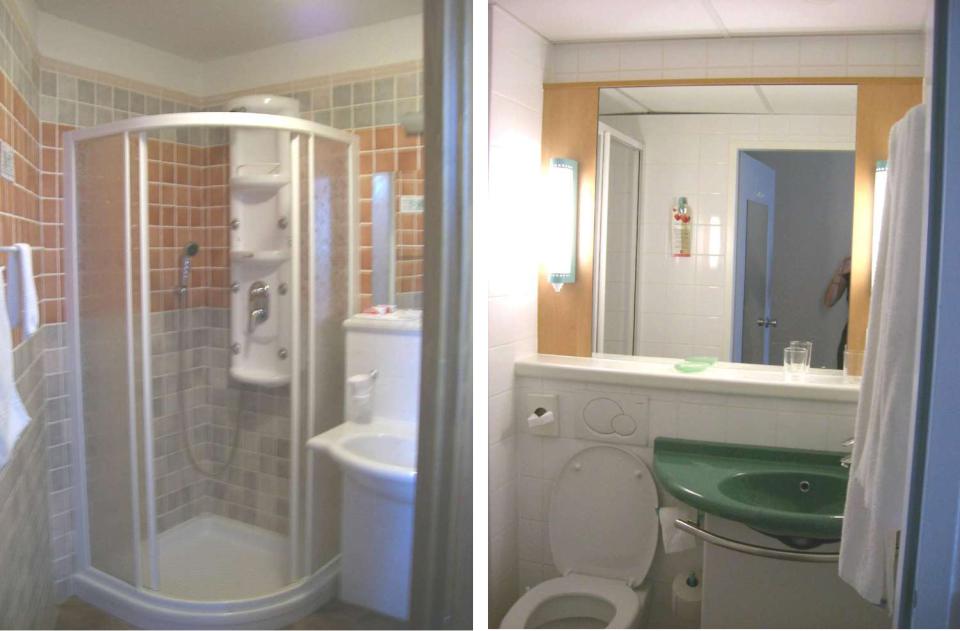
11104
.pdf
Auditorium in Santa Cruz de Tenerife, Spain,
Archpriest S. Kalatrava, 1997-2003
ENVIRONMENTAL FACTORS IN DESIGNING PUBLIC BUILDINGS. ENVIRONMENTAL DESIGN AS A MODERN WAY OF FORMING A SPACEPLANNING STRUCTURE
Sustainable development - meeting the needs of the present without prejudice to the future. This means creating a human architectural environment based on the following basic principles:
-the building will be economical and at the same time appropriate to maintain high standards of comfortable living of a person;
-it must be environmentally friendly: do minimal harm to environment and human health;
-local recyclable materials will be used in the architectural solution;
-application of energy-saving and energy-efficient technologies: use of solar energy, active and passive; use of natural ventilation, wind energy, geothermal energy.
The buildings are certified according to BREEAM, LEED systems. At the same time, the evaluation criteria for its design are architectural, structural and engineering concepts.
We will identify several aspects that shape the ecosystem:
of the most important and structurally forming of contemporary buildings:
- analysis of climatic conditions of the design area
to determine the orientation and configuration of the building;
-possibility of using plants to form micro-climate in the building;
-natural lighting of premises, in particular of each
side of the place;
-natural ventilation of rooms;
-economical layout in terms of heating and turnover, cooling of the building depending on climatic conditions.


Atrium, transformable depending on the time of year
(by R. Saxon)
Atriums adapted for heating (1, 2) and cooling (3)
buildings (by R. Saxon):
STRUCTURAL UNITS OF BUILDINGS. MAIN BUILDING PLANNING ELEMENTS
Above ground floor - floor elevation of premises of which not lower than the ground elevation.
Attic — space between roof structures (external walls) and top floor slab.
Mansard — a floor in the attic space, the facade of which is entirely or partially formed by the surface sloped or broken roof.
Basement — floor, floor elevation of premises of which below the ground elevation by more than half the height of rooms.
Cellar — floor with floor elevation below planning elevation of the ground by not more than half the height of rooms.
Technical Floor — Engineering Floor and the laying of communications. It can be located in the lower (technical underground), upper (technical attic) and in the middle part of the building.
STRUCTURAL ELEMENTS OF BUILDINGS
-entrance group of rooms: tambours, lobbies, cloak-rooms;
-group of the main rooms: halls of different functions, auditoriums;
-group of utility and auxiliary rooms, sanitary blocks;
-group of technical rooms: boiler rooms, ventilation rooms, pump rooms, water metering units, elevator machine rooms;
-horizontal communications: corridors, galleries, lobbies, lounges, whose
goals is to link all the above mentioned groups of rooms into a single frame
within one floor;
- vertical communications: stairs, ramps, elevators, escalators whose goals is to link all the above space groups into a single vertical frame



